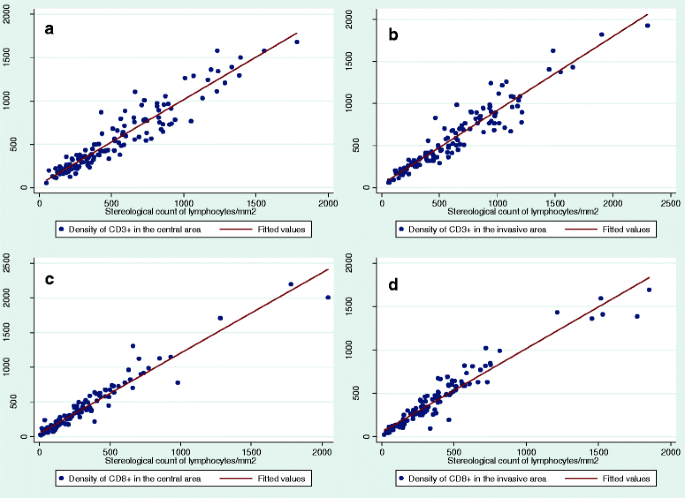

Herein, we focus on breast cancer metastasis, for which both genetically modified mouse models as well as methods of transplantation are often used – each with their own set of advantages and limitations. The use of mouse models has been critical to furthering the understanding of the molecular mechanisms responsible for metastatic seeding and growth 6, 7.


In order for tumor cells to successfully metastasize, they must detach from the primary site, invade through adjoining stroma, intravasate into blood circulation or lymphatics, travel to the capillary bed of a secondary site, extravasate into the secondary tissue, and proliferate or grow to form metastatic lesions 5.

In fact, most cancer-related deaths are attributed to metastatic spread of disease 3, 4. Furthermore, this method has been reviewed by a veterinary pathologist board-certified by the American College of Veterinary Pathologists (SEK) to ensure accuracy.ĭespite being a highly complex and inefficient process 1, metastasis is a significant contributor to the morbidity and mortality of cancer patients 2. This process allows for investigation of multiple end-point parameters, including average metastasis size, total number of metastases, and total metastasis area, to provide a comprehensive analysis. Herein, we demonstrate an intravenous injection model of lung metastasis followed by an advanced method for quantifying metastatic tumor burden using image analysis software. Both of these quantification methods can be exceedingly difficult when the metastatic burden is high. While some investigators count macrometastases of a pre-defined size and/or include micrometastases following sectioning of tissue, others determine the area of metastatic lesions relative to normal tissue area. A potential limitation of this technique is the accurate quantification of the metastatic lung tumor burden. When cancer cells are injected into the lateral tail-vein, the lung is their preferred site of colonization. Thus, the experimental metastasis model involving tail-vein injection of suitable cell lines is a mainstay of metastasis research. Few spontaneous metastasis models are available. Visiopharm hopes to introduce the technology in 2008.Metastasis, the primary cause of morbidity and mortality for most cancer patients, can be challenging to model preclinically in mice. In combination with our automated physical dissector and our ability to interface with commercially available virtual microscopes, the Proportionator will propel unbiased methods into the realm of high-throughput analysis.” Visiopharm CSO Niels Foged said, “We and the inventors believe this method will revolutionise modern stereology, and we are excited about implementing it on our histoinformatics platform. The researchers claim an increase in precision and reduction in work load as a result, and have demonstrated efficiency increases as high as 30 times above the traditional sampling methods. While the Proportionator is a strictly unbiased method, in contrast to the established systematic uniform random sampling procedures, it is based on a non-uniform sampling. Quantitative microscopy specialist Visiopharm AB of Horsholm, has signed a licence agreement with the Stereology and Electron Microscopy Research Laboratory at Aarhus University, Denmark for the further development of Proportionator, a stereological sampling technique developed and patented by Jonathan Gardi, together with Hans Jørgen Gundersen and Jens Nyengaard.


 0 kommentar(er)
0 kommentar(er)
